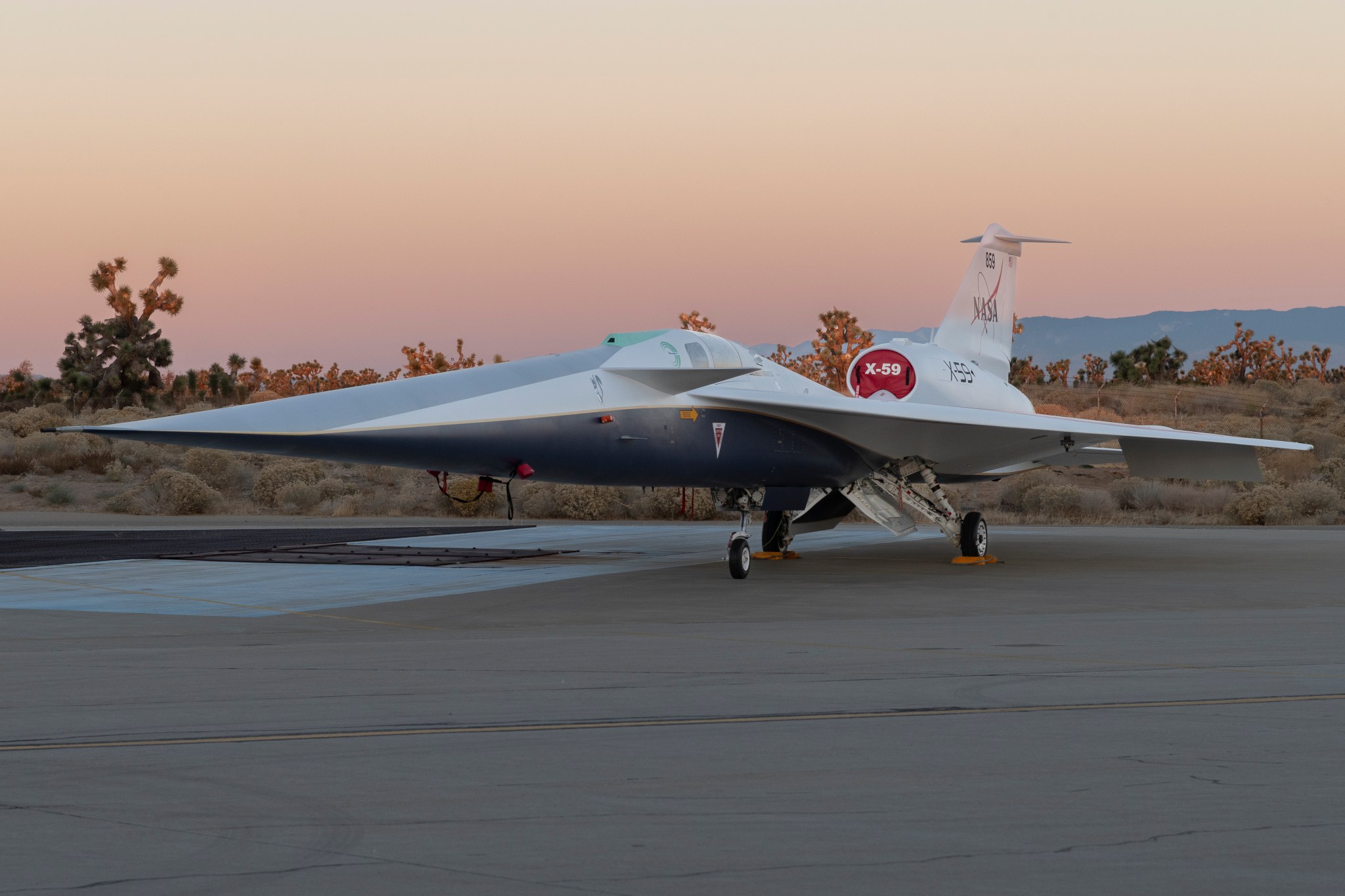As we observe National Aviation Day Tuesday – a tribute to Orville Wright’s birthday – let’s reflect on both America’s and NASA’s aviation heritage and share how we are pushing the boundaries of flight for the nation’s future. Modern NASA grew from the National Advisory Committee for Aeronautics (NACA), an agency created by Congress in 1915 to advance U.S. aviation. When President Eisenhower signed the National Aeronautics and Space Act of 1958, NACA was dissolved and its people, laboratories and research programs became the foundation of NASA. These intrepid men and women are the cornerstone of the world’s most capable aerospace industry and their legacy lives on today across all facets of the agency.
The most significant aviation milestones in the twentieth century were achieved through both NASA and NACA research and through the courage of pioneering test pilots. In 1947, the joint NACA/U.S. Army Air Forces (later the U.S. Air Force, or USAF) developed Bell X‑1 flew faster than the speed of sound, shattering the mythical “sound barrier.” This breakthrough, enabled by NACA wind-tunnel data and high-speed aerodynamic expertise, made supersonic flight a reality and led directly to NACA Test Pilot Scott Crossfield being the first human to reach Mach 2, twice the speed of sound, in the Douglass DD558-II a mere six years later. During the X‑15 program of the 1960s, legendary NASA Test Pilots Joe Walker, John McKay, Neil Armstrong, Milt Thompson, and Bill Dana piloted nearly half of the program’s sorties and flew the rocket-powered research plane at altitudes up to 354,200 feet and speeds of 4,520 mph (Mach 6.7).
The NASA/USAF-developed North American X‑15 became the world’s first reusable hypersonic aerospace vehicle, reaching space (above 50 miles altitude) on 11 separate missions; it provided essential data on materials, flight control and pilot physiology that helped shape the agency’s Mercury, Gemini, Apollo and Space Shuttle programs. These milestones remind us that our nation’s accomplishments are the result of visionary NASA, Department of Defense, industry engineers, and test pilots working together to achieve audacious goals.
NASA’s commitment to aviation innovation did not stop with early experimental high-speed aircraft. In the 1990s, the U.S. general aviation industry faced a steep decline – production fell from 18,000 aircraft in 1978 to fewer than 1,000 in 1993. NASA saw an opportunity: we envisioned a Small Aircraft Transportation System in which safe, efficient general aviation planes could revitalize a critical industry. To enable that vision, NASA partnered with the Federal Aviation Administration, industry, universities, and non‑profits to create the Advanced General Aviation Transport Experiments (AGATE) consortium in 1994. The AGATE consortium developed safer cockpit displays, crashworthiness improvements, efficient airfoils, and modern manufacturing techniques. These innovations transformed U.S. general aviation, helping spawn industry successes like the Cirrus SR20 and SR22 family of aircraft, which incorporate NASA-derived composite structures and safety features.
In 2004, NASA’s unmanned X‑43A Hyper-X broke world speed records for air‑breathing aircraft, flying at Mach 6.8 and later Mach 9.6. Those flights demonstrated practical scramjet propulsion and proved that hypersonic cruise flight is achievable.
Today, we are building on this legacy and pushing the envelope with the X-59. Later this year, NASA Test Pilot Nils Larson will usher in a new era of quiet supersonic flight when he pilots the X‑59 Quesst’s first flight out of NASA’s Armstrong Flight Research Center in Edwards, California. The experimental aircraft, designed to fly at 1.4 times the speed of sound while producing only a gentle sonic “thump” instead of the traditional loud sonic boom, will provide data vital to achieving the vision in President Donald J. Trump’s Executive Order “Leading the World in Supersonic Flight.”
Hypersonics research is another pillar to our 21st‑century vision. Lessons from the X‑15, X‑43, and Space Shuttle inform our study of high-temperature materials, flight controls and propulsion. These technologies will not only bolster national security but will also spur the development of ultrafast civil transports, shrinking the world even further. We are also investing in 21st century propulsion, additive manufacturing, and autonomy for light aircraft while also developing advanced air traffic control systems. Partnering with U.S. aerospace industry and the FAA, we will bring true 21st century technology into light general aviation aircraft, ensuring America remains at the forefront of aviation innovation.
I am continually inspired by the ingenuity of our past and the promise of our future. Our roots in NACA remind us that a small group of dedicated men and women can change the world. From the Wright brothers’ pioneering work to the supersonic and hypersonic records set by NASA pilots and vehicles, we have consistently expanded the boundaries of what is possible in flight. Looking ahead, our pursuit of quiet supersonic aircraft, hypersonic technologies, and revitalized general aviation will keep the U.S. aviation industry strong and sustainable for decades to come. On National Aviation Day, we celebrate not only our history but also the teamwork and vision that will carry us into the next century of flight.
Higher, Farther, Faster!
Todd C. Ericson is a senior advisor to the NASA administrator for aerospace research and development
